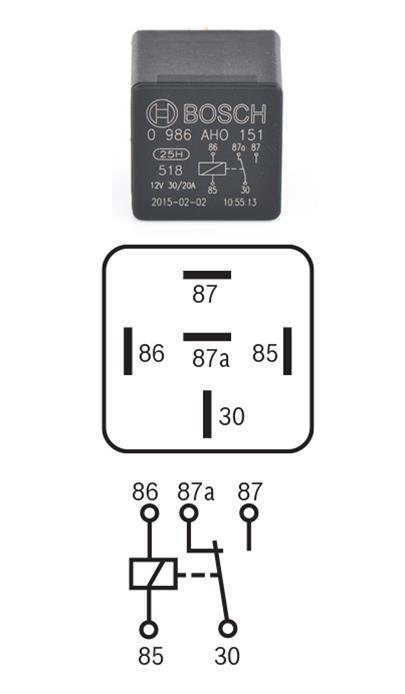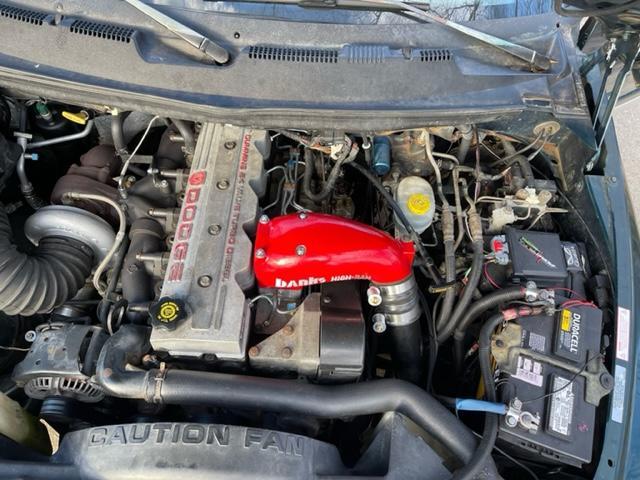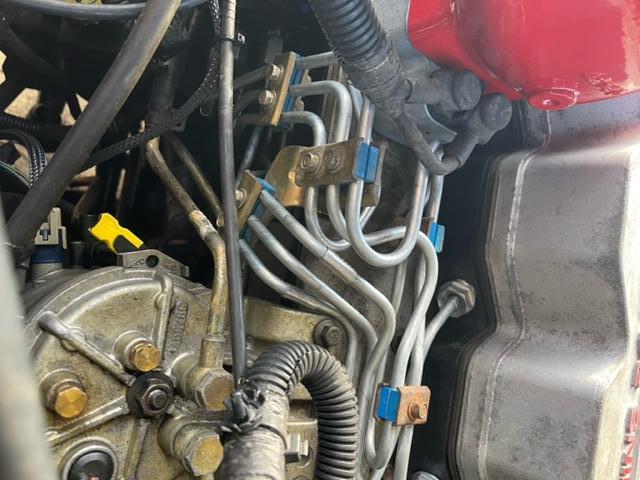- Replies 17
- Views 5.2k
- Created
- Last Reply
Top Posters In This Topic
-
Mopar1973Man 6 posts
-
Silverwolf2691 5 posts
-
dieselautopower 1 post
-
Royal Squire 1 post
Popular Days
Most Popular Posts
-
Flow is a better measurement than hole size/ HP rating etc. We have a set of 8x.012 that flow more than 6x.020 that Drew Carter is running on his drag truck. So far he is at 6.70 on fuel
-
7x0.0085 is typically 75 HP injectors. As for injectors you have to weigh in the pop pressure the injectors are set up too. Like myself I'm 320 bar which is +10 bar over stock. This is for
-
I'm not arguing use.. There's one factor that I think gets over looked often. There are 2 factory vp44s. The SO and the HO. Both have their differences in fueling and timing. This I think is why my tr










I purchased a set of 75 hp injectors the DDP-ISB75 I don't know how that relates to the tunning of the Quadzilla adrenalin.
are they a 7.010 7.012 or something else? Any guidance would be appreciated as I am new to the tunning world.